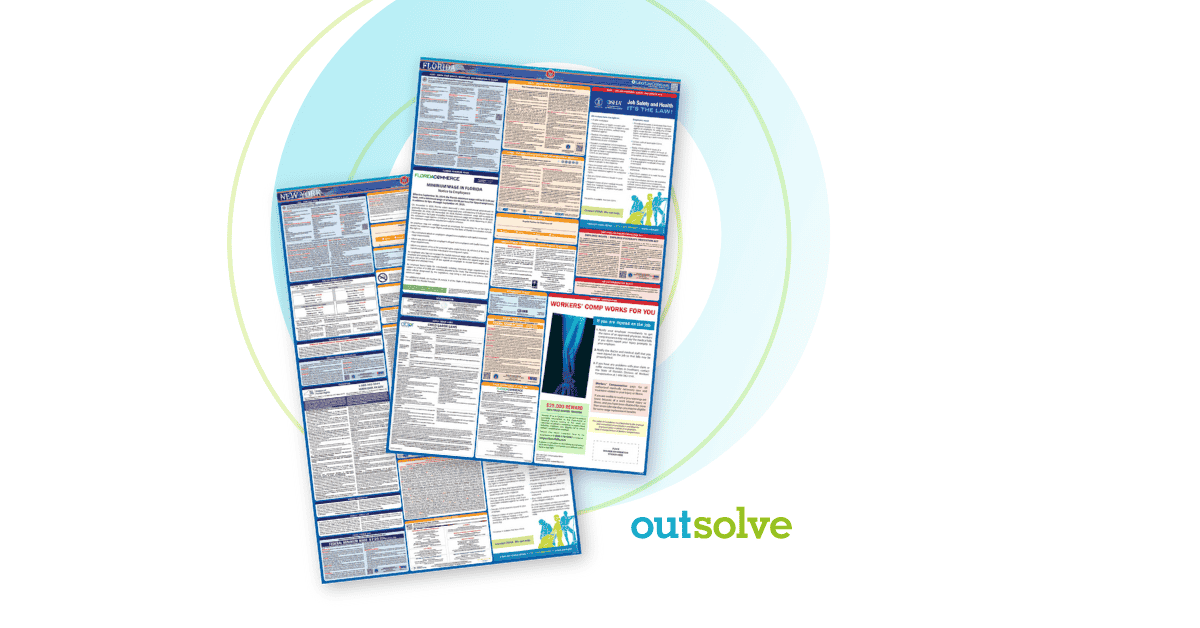
This is a guest post by Toni Ahl, President at EEO Advantage. The views, thoughts, and opinions expressed in the text belong solely to the author and do not necessarily reflect the view of OutSolve or its employees.
Here We Go Again
Since it’s a new year, I wanted to remind you about the importance of conducting training on harassment. It’s essential for employers to conduct harassment training, especially for supervisors, at least yearly. And, it’s a good idea to conduct harassment training for all of your employees yearly if at all possible. At the very least for employees, there should be an email or some other type of communication with them about harassment and the company policy about harassment. Your company policy should be clear and outline to whom complaints can be made, what the company will do when a complaint is made and how the results of the investigation will be handled. It must also address that retaliation will not be permitted when someone complains.
Why is training so important? The major reason is that the company wants to prevent all forms of harassment in the workplace. Harassment is expensive for employers since it can lead to an increase in absenteeism, additional training expenses if employees leave, a lack of productivity, and bad publicity for the company. The company should also want all of its employees to feel that they are being treated with respect and dignity.
Let’s talk about the elements of any harassment complaint. I am focusing on harassment complaints made under the statutes that the Equal Employment Opportunity Commission (EEOC) would enforce.
The conduct must be unwelcome.
The harassment must be based on one or more of the protected bases enforced by EEOC.
The conduct must result in a tangible employment action or create a hostile work environment.
There must be a basis for holding the company liable.
Unwelcome conduct means the employee did not invite or solicit the conduct. The employee must have found the conduct offensive. And, a reasonable person would find the conduct offensive.
The protected bases would be those traits covered by Title VII of the Civil Rights Act of 1964, as amended, (Title VII), the Age Discrimination in Employment Act (ADEA), the Americans with Disabilities Act of 1990, as amended, (ADA) and the Genetic Information Non-discrimination Act (GINA). Remember that more than one protected class could be involved in the harassment.
Only someone with the authority to take a tangible employment action can commit tangible employment action harassment. That person must be able to take actions like discharge or demotion. The action has to take place due to the employee’s failure to submit to the supervisor’s conduct.
A hostile work environment may be created by a management employee, a co-worker, a contractor, a vendor, or anyone who interacts with the employee in the course of the company’s business. The conduct under this theory must be either severe or pervasive but need not be both. The more severe the conduct is the less often it has to occur and the less severe the conduct is the more often it must occur.
There is liability if a supervisor commits tangible employment action harassment. If a managerial employee creates a hostile work environment, the company has an affirmative defense if it can show that it has a policy about which it has conducted training and been widely distributed to its employees. If a complaint of harassment is made, the company must take prompt and effective action to correct the situation. And the last element of the defense is that the employee unreasonably failed to take advantage of the policy.
If a hostile work environment is created by someone other than a management employee, the company must have knowledge of the conduct. If the employee reports the conduct to the company or if it occurs in the presence of a management employee, the company is found to have had knowledge. The other factor is if the conduct is widespread and therefore, knowledge by the company is assumed.
Training on your harassment policy is essential for any company that wants to assert an affirmative defense to a claim of harassment. Having a sign-in sheet for employees and a copy of the presentation given should be kept as training records. Although virtual training is frequently used, in-person training is generally more effective.
If you have any questions about harassment, feel free to contact me at (502) 553-7648 or eeoadvantage@gmail.com.
President at EEO Advantage, LLC
Recent Posts
Related Posts

Former DOL Officials Issue Open Letter to Federal Contractors
On April 15, 2025, ten former senior officials from the U.S. Department of Labor (DOL), including past leaders of the Office of Federal Contract...

The Ultimate Guide to Multi-State Labor Law Posters
Human Resources professionals understand how important and challenging it can be to remain updated and compliant with labor laws. This is especially...

Countdown: Final Days of the 90-Day Safe Harbor Period for AAPs
April is here and with that comes the end of the 90-day safe harbor period for federal contractors complying with EO 11246. As April 21, 2025,...
 Toni Ahl
Toni Ahl


